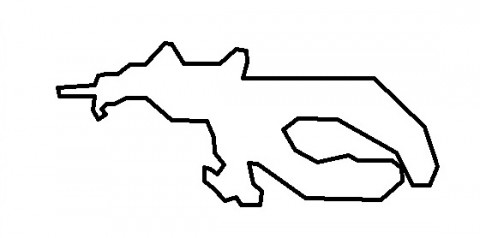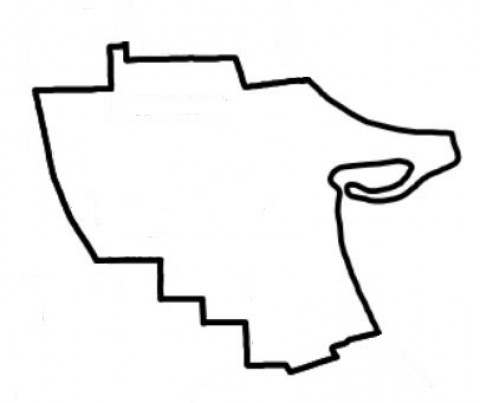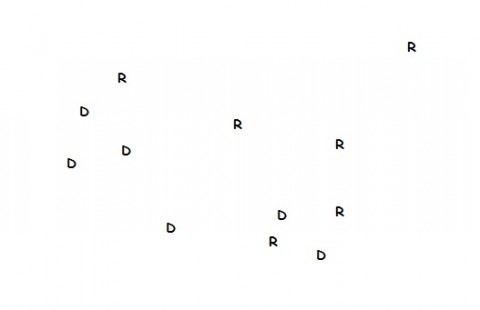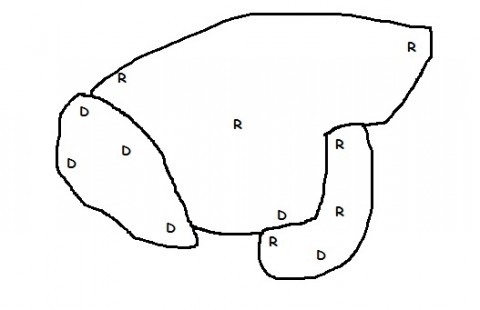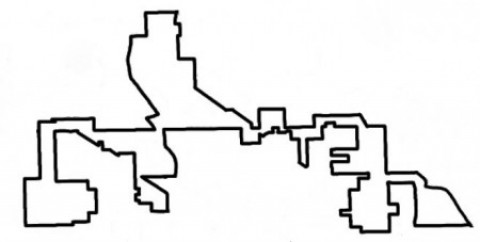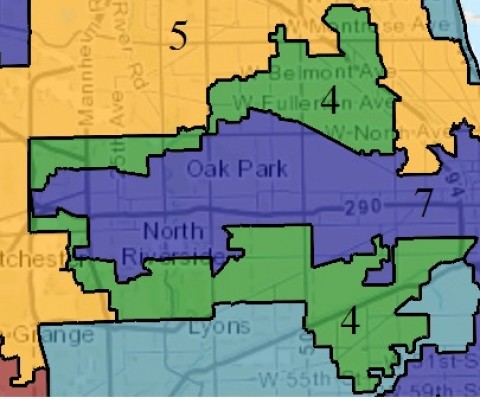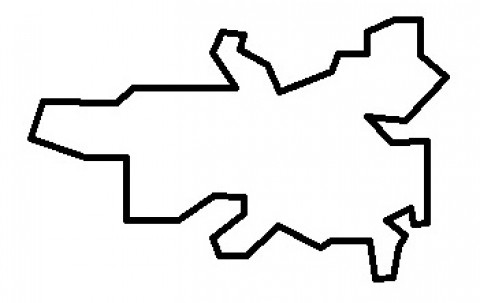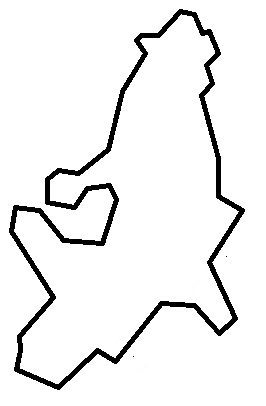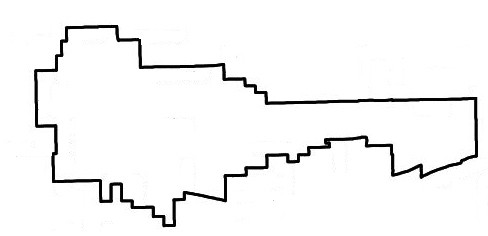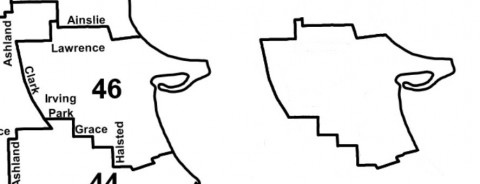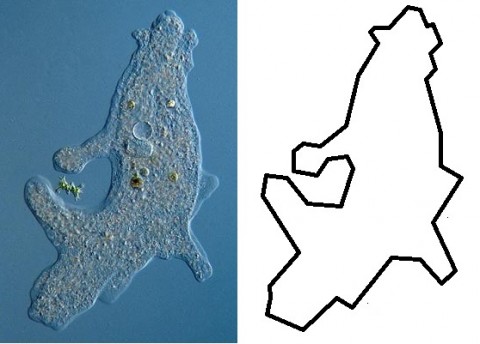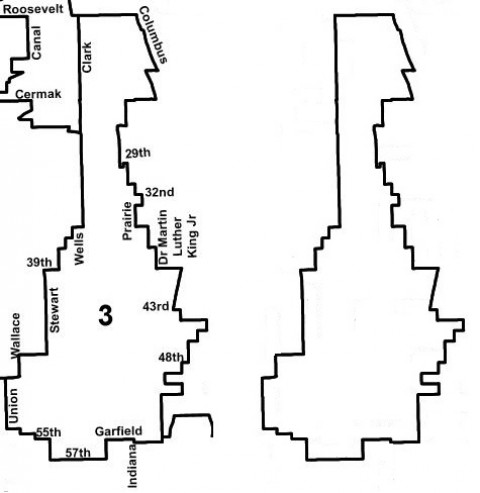Is this a map of Wicker Park or an amoeba about to split in two?
Or what about this? Is that little wiggly bit on the right a pseudopod engulfing an algae cell or is it Montrose Beach?
In honor of tomorrow’s primary, a brief look at the world of gerrymandering, one of the most pervasive, horrible and completely legal dirty tricks in the political playbook.
Gerrymandering is how we get districts that twist and turn and ooze like, well, amoebae to get the powers that be the voters they want.
Before all that, a brief primer on gerrymandering. It starts with the Census.
The Big Count
Every 10 years, the nation has a mass census to tell us who and where we are.
It’s a good thing. It tells lawmakers how to allocate resources, from schools to roads to anti-poverty grants.
One of its uses is to set up political districts. You want districts to have the same number of people in them — if you’re one of 10,000 people in your district voting for a congressman and I’m one of 15,000 in my district, then your vote is worth more than mine. And that’s unconstitutional.
So they try to make the districts as equal as possible — 712,813 in each Congressional district, 108,734 in each state House district, stuff like that.
Some states have independent boards divvy the districts. Not Illinois. Here, we let the elected officials decide who gets to elect them. And they figured out pretty quickly how to make that work for them.
Packing and Cracking
For a very, very, very simplified explanation of how gerrymandering works, here is the population layout of a random area. Each R represents a cluster of Republican voters; each D, Democrats. There are six of each, so in a perfect world, any vote could go either way.
Now let’s say the Republicans were in charge of the state Legislature when the Census rolled around. Here’s a perfectly legit and legal way they could divide up the districts.
See? They packed that cluster of Democrats in the lower left in one district and cracked apart those Democrats on the lower right. Yes, they created a super-Democrat district, but they created two districts that swing right.
A region that’s exactly 50-50 Democrat-Republican now votes Republican.
But let’s put the Democrats in charge. Same random scattering of consonants, but now the region elects two Democrats for every Republican.
Every 10 years, whichever party’s in charge gets to choose their voters.
If you’re not horrified, you’re reading this wrong.
It Gets Worse
Those nice looping circles would actually be pretty respectable districts.
Instead, we get monstrosities like Chicago’s Second Ward.
Or Illinois’ 4th Congressional District, which dips out well into the suburbs before cutting back into Chicago.
That little skinny bit on the left is a sliver of Interstate 294. There are no voters in the middle of a highway — to keep this legal they needed to connect the two big chunks somehow.
Or this one, which is either Ward 37 in Belmont-Cragin or some sort of single-celled organism.
My example had the bigwigs divvying up the region based on political affiliation alone. In real life, that’s only one of the things politicos use to divide turf.
In the 4th Congressional, they wanted that little sliver of 294 to attach the large Puerto Rican cluster on the district’s north end to the large Mexican population in the southern end.
Remaps can even be used to push challengers out of a district, skipping houses by as little as a block or moving incumbents out of their wards.
One of the most famous examples came from Texas in the ’80s and ’90s, when Republicans divided districts to pit black Democrats against their party. Seat gains in black communities came at the cost of Democratic seats.
They called it “Project Ratfuck.” And by “they,” I mean the Republicans called it that.
It was so evil, the people doing it called it Ratfuck.
Answers:
It’s a crooked, tricky world and I would be a liar if I said change will come easy.
But Ohio voted for redistricting reform last year. And a federal court ordered North Carolina just last month to redraw two racially gerrymandered district.
Change is difficult, but possible.
I’ve never subscribed to the notion that Illinois has a magical sort of corruption, one immune to any and all stabs at reform. I don’t know how this change will come, but it has to come. We need it so much.
I don’t have the answers. Except for the answers on which ones were amoebae.
Those I do have.
Now some poems about campaign finances
Help support 1,001 Chicago Afternoons on Patreon
